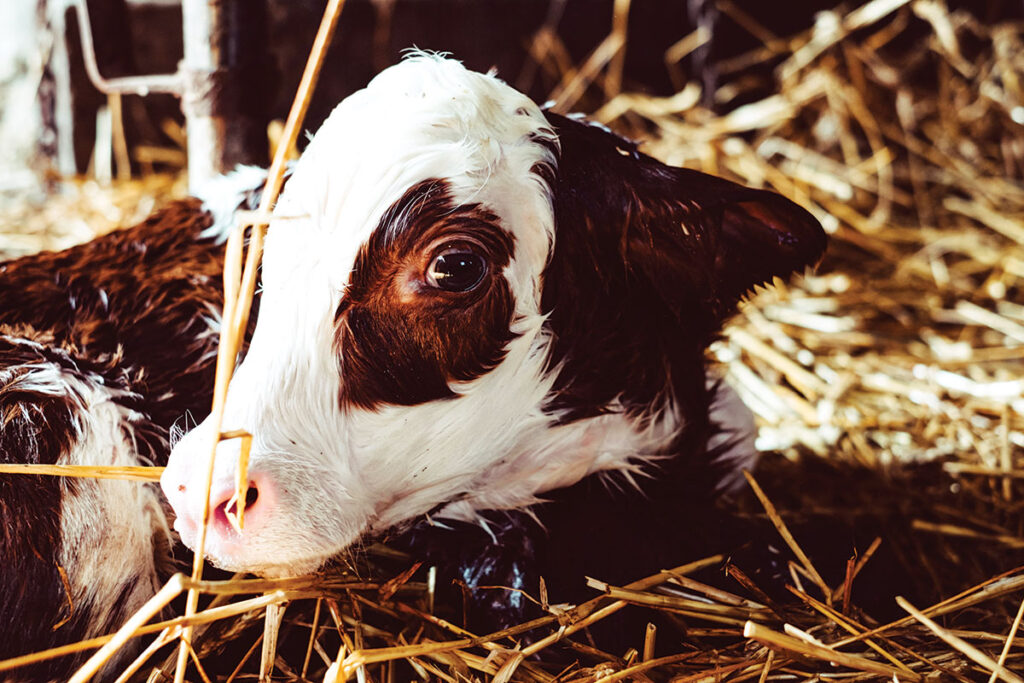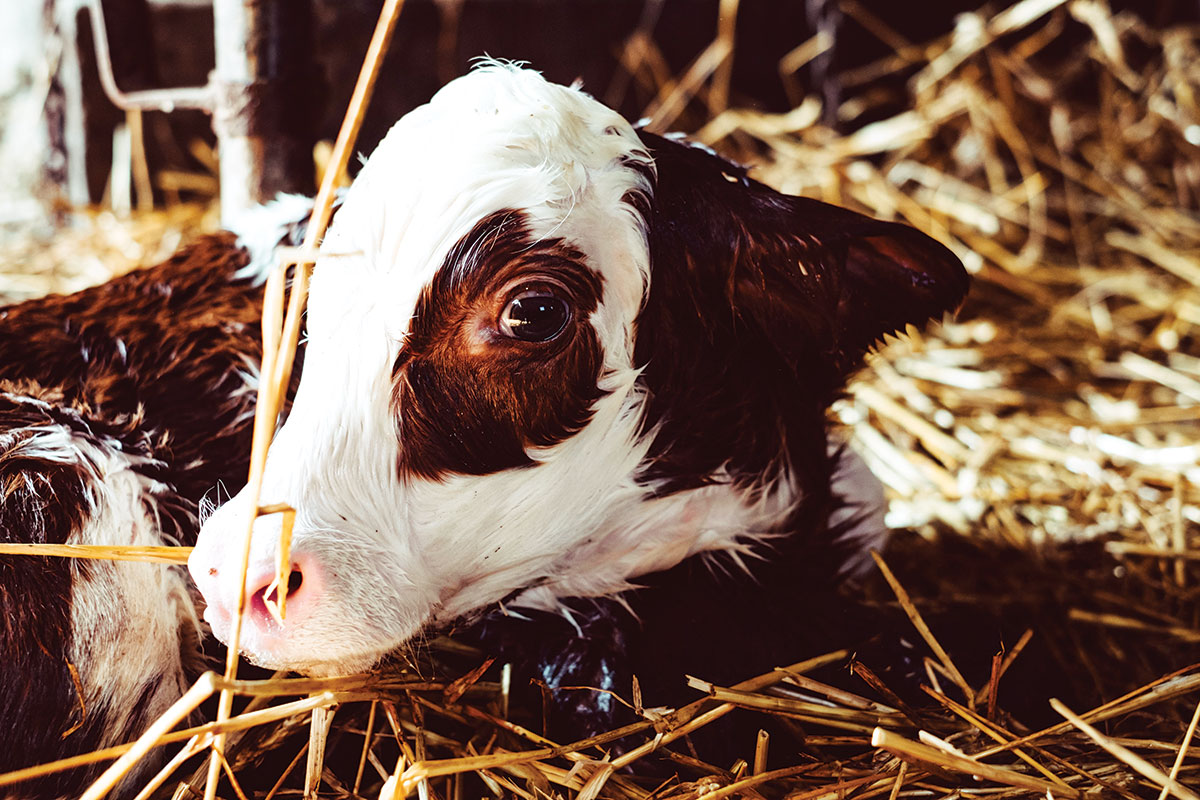
Make preparations for newborns before more winter weather hits
The most recent blast of bitter cold weather cause many livestock producers to scramble to keep newborn animals warm, and winter has just begun.
Building a calf or lamb warming area is an important aspect of livestock management, especially during the colder months. Without proper care, young animals can become chilled, leading to reduced growth and increased susceptibility to illness. Fortunately, there are steps producers can take to ensure their calves and lambs stay warm and healthy.
According to the University of Missouri Extension, the first step in building a calf or lamb warming area is to determine the size of the area needed. This will depend on the number of animals being housed and the size of the individual animals. For calves, a general rule of thumb is to provide at least 10- to 12-square-feet of space per animal. For lambs, this can be reduced to 8-to 10-square feet per animal.
Once the size of the warming area has been determined, the next step is to choose a location. The MU Extension recommends placing the warming area in a well-ventilated area that is protected from the wind and rain. The area should also be located near a water source and have access to pasture or hay for feeding.
When it comes to construction, there are a few options to consider.
One option is to build a simple, open-air structure using materials such as wood or metal panels. This type of structure can be inexpensive to build, but may not provide as much protection from the elements as a more solid structure. Another option is to build a fully-enclosed structure, such as a calf or lamb barn. While this type of structure will provide more protection from the elements, it may be more expensive to build and maintain.
Producers can also fashion shelters by recycling plastic totes or barrels. Cut a hole as an entrance and a smaller hole for ventilation, then adding bedding materials such as straw or wood shavings to provide insulation and keep the animals warm. It’s also a good idea to add a heat source, such as a heat lamp or heating pad to help keep the shelter warm. The University of Arkansas recommends maintaining a temperature of at least 50 degrees inside the shelter. Producers are cautioned make sure the lamp is securely connected to something that won’t easily tip, blow, or fall over.
The University of Missouri Extension also recommends using bedding materials such as straw or wood shavings to provide insulation and keep the animals warm.
It’s also important to consider the needs of the animals when designing and building the warming area. The University of Arkansas recommends providing plenty of space for the animals to move around and stretch their legs, as well as providing access to clean, fresh water at all times. Providing a feeding area, either inside the warming area or nearby, is also important for the animals’ health and well-being.
Overall, building a calf or lamb warming area is an important aspect of livestock management, and can help ensure the health and well-being of these young animals.






